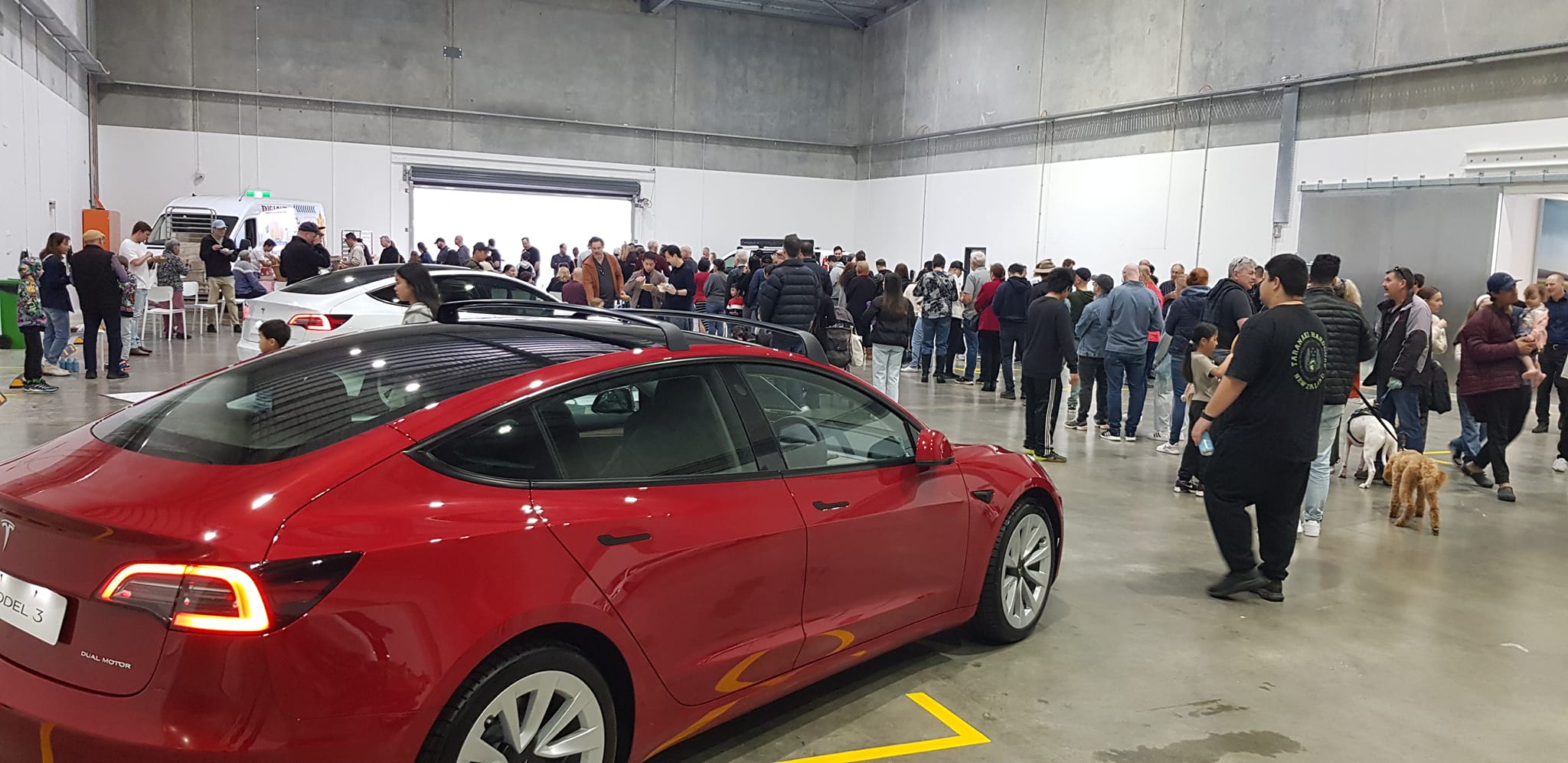
A number of mainstream media outlets recently reported that there’s exactly one car that sells, on average, for under $20,000 in the United States: The Mitsubishi Mirage. Other cars are still technically available for under that price, but the actual amounts people are paying before they drive away from the dealer average higher. What makes this particularly bad is that only a year ago, there were a dozen vehicles selling new for under $20k.
Like any economic situation, there’s not just one cause behind this. It would be easy to blame this on the pandemic, but pandemic-related new and used car shortages have eased up and they’ve definitely not gotten worse in the past year, during which we went from 12 cars to just one in that price range. Inflation is definitely a factor, but according to most sources, that too has been easing up and shouldn’t explain all 11 of the other models that exited the sub-$20k space.
One factor that probably explains the bulk of this is that some manufacturers have made an active choice to abandon this market segment in search of greener pastures. As this piece at GM Authority explains, manufacturers have been discontinuing penalty box manufacturing across the board to focus on crossovers, and this is true on both the gas and EV sides of business. Not only are crossovers where the demand is, but they’re a segment manufacturers can charge a little more for, even if some of them are just raised and slightly beefed-up penalty boxes.
There are both perils and opportunities the automotive industry and the future of EVs both face as this trend accelerates, though.
The Danger Of Abandoning The Bottom Of The Market
The biggest problem with not selling cheap cars is that there are still buyers for them. Parents sometimes buy these cheap cars for high school kids because they’re generally as dependable as any other new car, and because they can’t or don’t want to spend more. Recent high school graduates working their first full-time job and college students who can’t work full-time are also common buyers for these cheap transportation appliances. Retirees on a limited income, people who chose a career that doesn’t pay much, and people who just never quit their high school fast food job often can’t afford anything more.
Other people who buy these cars because they’re tightwads can spend a bit more to buy the cheapest junky crossovers, but none of the people in the last paragraph have any other choice except the used market. Normally, going used is a great way to save money, but when everybody on lower incomes goes for used cars, the supply of used cars under $20k is going to get tighter, which in turn will lead to many decent and reliable used cars climbing their way over $20,000. Plus, when there aren’t cheap new cars, they don’t become ultra-cheap used cars, further strangling the lower used market (especially the under $10k crowd).
If this gets bad enough, people on a very low budget who have to pay cash because they have bad credit just aren’t going to be able to buy a reliable car. If no new penalty boxes have a chance to get old and become shitboxes, then the nicer cars manufacturers are selling will start hitting the junkyard before they ever have a chance to depreciate under $5,000.
Or, put more simply, shit rolls downhill, and we’re cutting off the supply of shit.
If it gets this bad, the automotive industry is going to find that it shot itself in the foot. Car dependency is tolerable in cities because almost anybody can come up with a few hundred bucks for a car that barely runs or a couple grand for a busted salvage car that runs OK. When that is no longer true, demand for real alternatives to cars will rise, and cities are going to need to provide better transit, bike and e-bike infrastructure, and other things.
The more this happens, the more young people will lose interest in driving, especially when owning and maintaining a car can be so expensive. Space to park cars and drive them could become more rare as space gets reallocated to other things. If enough people making better income choose to forego the car, the industry could become only for the rich, and perhaps even implode entirely in cities.
I know urbanists and anti-car people are about to tell me, “Don’t threaten us with a good time!,” but from the perspective of the automotive industry, this would be anything but a good time.
Opportunities In Work Clothes
People need transportation, and they generally hate American public transit. Even poor people don’t want to look poor and feel like they’ve given local government control over their movement. So, the demand for personal transportation may reduce without cheap shitboxes on the market, but it won’t go away.
This leaves opportunities people can take advantage of.

The obvious thing is for Chinese manufacturers to come up with cheap cars that barely meet U.S. safety and emissions standards. Not only would that mean they take the market segment, but it would also mean they get a beachhead in the U.S. auto market from which they can climb into the more premium segments the domestics and existing imports are retreating into.
The other threat from Chinese manufacturers is already happening. Cheap e-bikes, mini cars, kick scooters, and other forms of micromobility are all flooding into the U.S. market. Some of the e-bikes are in reality electric motorcycles. While they may not be legal to operate in many states without motorcycle registration, that doesn’t stop people from using them as a sort of back-door cheap vehicle.
This situation leaves two big opportunities open for U.S. e-bike businesses. First off, the supply of affordable parts is there for business, but care must be taken to avoid selling firebombs to customers (defective cheap batteries that can light a building on fire). The other opportunity comes in the form of selling premium e-bikes and scooters that are still cheaper than a junk-heap car but provide extremely reliable transportation.
The opportunity for cheap electric transport is still very much a thing in rural areas, too. Faster e-bikes, mini-cars, electric UTVs, and many other alternatives to cars can work a lot better than a pedal-only bicycle. With the longer distances involved, e-bikes get a distinct usability edge over them.
Finally, the situation could lead to a lot of work for independent shops. There will be a lot of demand to keep aging and high-mile vehicles on the road, especially EVs. If a shop knows how to buy a dead EV for $500-2000 and resurrect it without spending too much money, the market for EVs (even with low range) for under $5,000 will be very ripe.
Bottom line: somebody will serve the transportation needs of people who can’t afford a car over $20,000. It’s only a question of who will do it if new car manufacturers aren’t willing to do it.
Featured image provided by Mitsubishi.
I don’t like paywalls. You don’t like paywalls. Who likes paywalls? Here at CleanTechnica, we implemented a limited paywall for a while, but it always felt wrong — and it was always tough to decide what we should put behind there. In theory, your most exclusive and best content goes behind a paywall. But then fewer people read it! We just don’t like paywalls, and so we’ve decided to ditch ours. Unfortunately, the media business is still a tough, cut-throat business with tiny margins. It’s a never-ending Olympic challenge to stay above water or even perhaps — gasp — grow. So …




